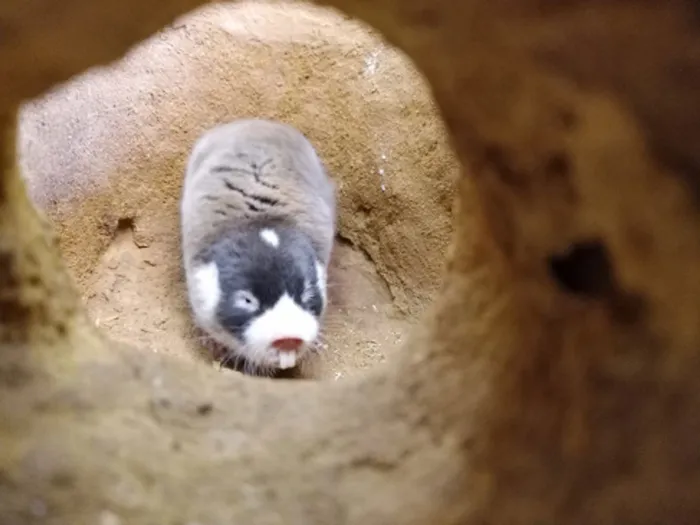‘Superpowers’ in mole rats

Researchers at UP have contributed to the discovery that the naked mole rat does not suffer from heart attacks or bowel cancer, having adapted to extreme underground conditions like low oxygen levels and toxic foods.
University of Pretoria (UP) scientists have contributed to discovering how the naked mole rat is able to withstand heart attacks and fend off bowel cancer, two of the most fatal human ailments in the developed world.
Their findings were published recently in two Nature Communications papers.
Professor Nigel Bennett and Dr Daniel Hart, co-authors of both papers and experts in mole rat evolution at UP’s Department of Zoology and Entomology, say the findings add to a long list of mole rat “superpowers” that have already been discovered, including slower ageing, natural contraception and the ability to bypass pain responses – all of which are of great interest to biomedical researchers working on human health.
“The main reason we believe mole rats have these ‘superpowers’ is because they live in such harsh environments underground,” Hart said, adding that there is very little oxygen underground and that the roots mole rats eat are tough, fibrous and even toxic to most mammals.
He said the best place to study colon cancer in mammals, a disease characterised by cell division gone wrong, is in the intestinal crypt, a small pocket at the base of the intestine where stem calls are found.
These cells normally begin to divide, and specialise into intestinal cells that line and protect the gut.
“If something is wrong with the stem cells, the animal has big problems,” Hart said.
Mice, for instance, will die when given a cancer-causing agent that targets those stem cells.
But not the naked mole rat. “We saw no physical damage in the animal when we attempted to induce the precursor to colon cancer, and no signs of distress, just business as usual,” Hart said.
When they had a closer look at the intestinal crypt using specialised scanning techniques, they found that the stem cells had simply stopped dividing to protect themselves against damage from the cancer-causing chemical.

“It’s like (the stem cells) batten down the hatches until the storm is gone; it’s as if they go into a dormant stage,” Hart said. “Then when the stressor has left, they come out and start dividing again.”
The researchers also found more intestinal adult stem cells, and more cells that protect against gut cancers and degradation due to ageing. This is not surprising, Hart said, because scientists have already noticed that all mole rat species have a very low incidence of cancer, so it’s likely these kinds of mechanisms confer protection against all cancers, not just colon cancer.
Much of the experimentation behind the cancer discovery was done at UP at the specialised mole rat laboratory established by Bennett. Hart said the work would have been impossible without their collaborators from the University of Oxford in the UK, led by Dr Shazia Irshad and Dr Shamir Montazid, as well as Dr Sheila Bandyopadhyay of Rutgers University in the US.
To bring the bowel cancer finding closer to human biomedical research, the genetic markers must be pinpointed next, Hart explained, so that gene therapies for equivalent human genes can be investigated. This is exactly what the international team of scientists studying naked mole rat heart attacks have done: they mapped the genetic adaptations that keep a naked mole rat’s heart beating despite it being deprived of oxygen and nutrients.
In humans and other mammals, a heart attack occurs when the heart’s oxygen and food supply is interrupted, due to a blockage in blood vessels, for instance.
When researchers tried to induce a heart attack in the naked mole rat, as they would usually do when studying mice and other mammals, the super critter’s little heart just kept beating and suffered almost no damage. The research team went on to pinpoint the specific metabolic and genetic adaptations that protect the mole rat’s heart.
Cape Times
Related Topics: